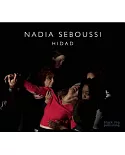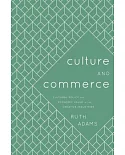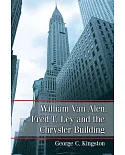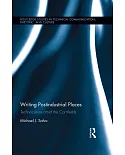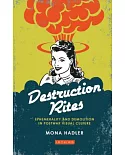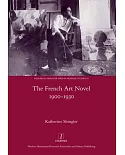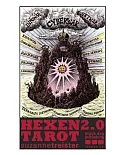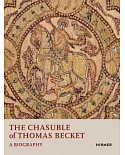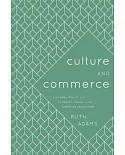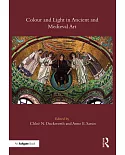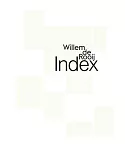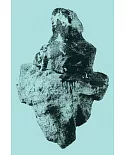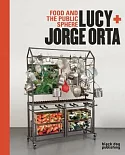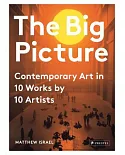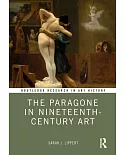Throughout human history, people have imagined inanimate objects to have intelligence, language, and even souls. In our secular societies today, we still willingly believe that nonliving
objects have lives of their own as we find ourselves interacting with computers and other equipment. In On the Animation of the Inorganic, Spyros Papapetros examines ideas about
simulated movement and inorganic life during and after the turn of the twentieth century�� period of great technical innovation whose effects continue to reverberate today.
Exploring key works of art historians such as Aby Warburg, Wilhelm Worringer, and Alois Riegl, as well as architects and artists like Fernand L矇ger, Mies van der Rohe, and Salvador Dal穩,
Papapetros tracks the evolution of the problem of animation from the fin de si癡cle through the twentieth century. He argues that empathy��he ability to identify with objects of the external
world��as repressed by twentieth-century modernist culture, but it returned, projected onto inorganic objects such as machines, automobiles, and crystalline skyscrapers. These modern
artifacts, he demonstrates, vibrated with energy, life, and desire of their own and had profound effects on people. Subtle and insightful, this beautifully illustrated book will change how we
view modernist art, architecture, and their histories.


